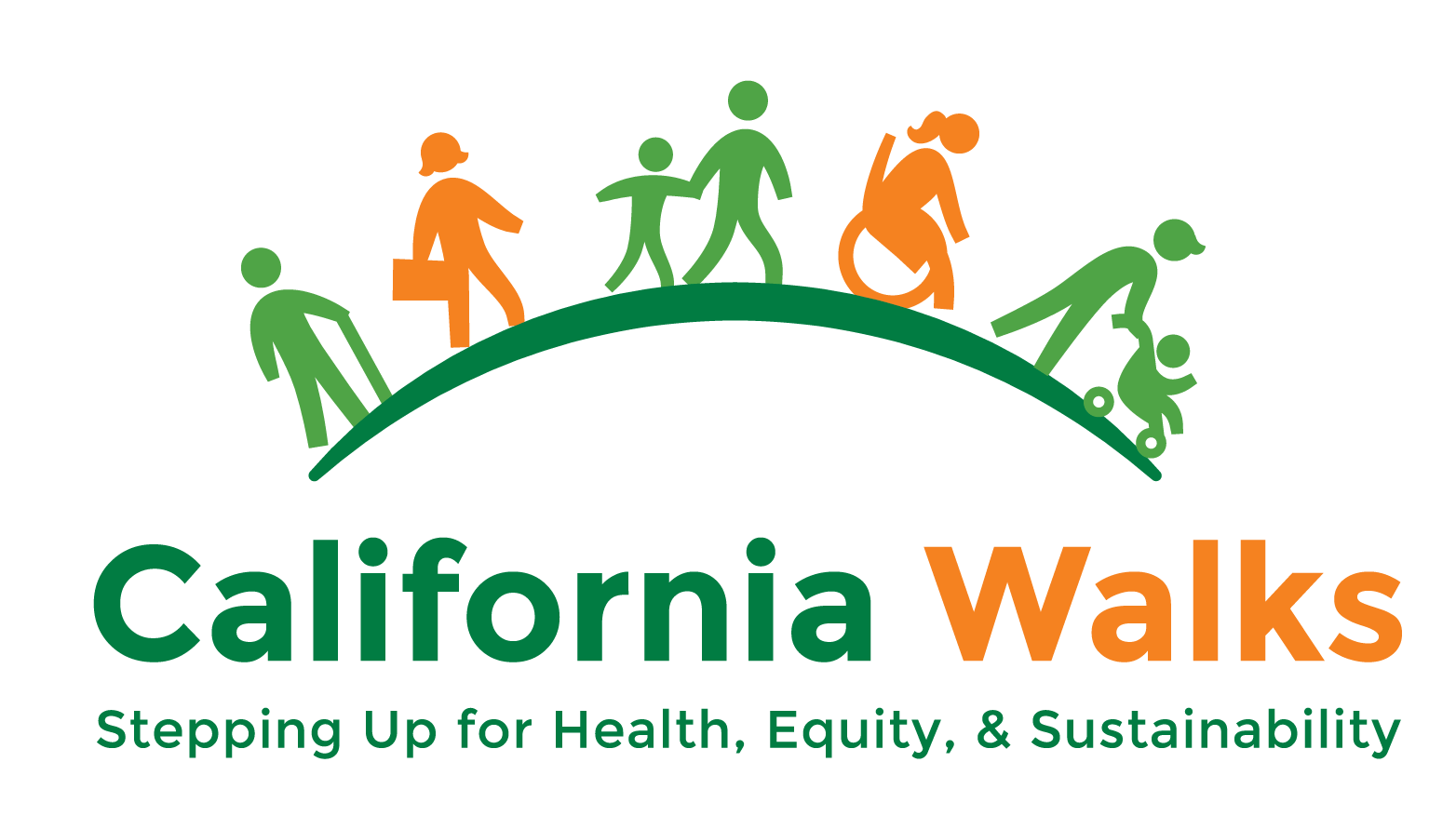Meeting at the Intersection: Immigrant Rights and Mobility Justice
I was born in Mexico City and migrated to the United States with my family when I was a year old. Up until I was 28, my parents and I were undocumented. Being undocumented dictated almost everything about my life, where I went, how I got there, who I could go with, what I was able to do, and when I was able to do it. Despite no longer being undocumented, it’s an experience I can’t part with. Immigration status is something I constantly think about and the lens I bring to everything I do. At Cal Walks, our vision is one where all Californians can move in public spaces under their own power, with confidence, dignity, and security. Immigration status plays a critical role in the amount of confidence and security a person has to do anything in public spaces; and yet, it’s still an afterthought in a lot of active transportation work, including our own. I continue to feel sadness, anger, and frustration as undocumented issues continue to be left out of active transportation discussions. One way Cal Walks is looking to address this is by building strategic partnerships with immigrant rights advocates and other intersectional fields in order to co-create systems of physical, emotional, and spiritual care for undocumented, low-income, disabled, Black, Indigenous, and Communities of Color.
To build intersectional partnerships and systems we need to first start by acknowledging our own multiple identities. I’ll start by saying that undocumented issues are also Black issues. There are about 4.2 million Black immigrants in the United States and about 619,000 of them are undocumented. The stereotype that all undocumented people come from Latin America continuously excludes Black immigrants, including Black Latinx people, from the larger immigrant narrative and fight. This rhetoric around immigration is rooted in global anti-black racism, which ultimately upholds the very systems that some of the undocumented community works to dismantle. When the Black community says that our streets are not safe for them due to police and anti-black racial violence, this also includes hundreds of thousands of undocumented Black people who have to navigate both the threat of police violence and deportation every time they step out into public and private space. Security and safety in public and private spaces are determined by much more than just proper infrastructure. White supremacy, xenophobia, and anti-Black racism make even the most complete streets feel unsafe for immigrants.
For undocumented people, any mode of traveling, whether it be walking, biking, taking transit, or driving can be filled with stress, anxiety, and fear of being arrested and ultimately deported. Yet, all across the nation, public transit agencies are making decisions around routes, schedules, fares, and enforcement strategies that are negatively impacting and severely limiting the ways people, and especially immigrants, travel. The high rates of arrests that lead to deportations and the over-policing of Black people using transit severely limits peoples’ sense of safety as they travel. Everyday experiences such as not having enough money for transit fare or taking a Greyhound has led to deportations. As active transportation advocates, we can no longer rely on enforcement as a safety strategy, especially for immigrant communities who rely heavily on public transportation and put themselves at risk of deportation by just traveling in their community. Instead, we need to work towards eliminating partnerships between public transit agencies and police, especially in communities where riders have a harder time paying the fare. The funds used to police our transit system could be used to improve it and making it accessible for all through reduced fare and no-fare programs.
Above all, the active transportation field needs to continue to expand its definition of safety through strategic partnerships with immigrant rights, indigenous rights, housing, healthcare, education, LGBTQ+, disability rights, and violence prevention advocates. This is our commitment as we step into 2021. To keep assessing our current programs and policies as we continue to dream big about how we can co-create systems of care, and build partnerships that move the quest for safe and equitable streets for all forward. My own commitment, as a formerly undocumented Californian, is to keep sharing the immigrant narrative within our work. Being able to change our immigration status as a family was life-changing, but the fear of everyday movement is something I still carry. In our work, we hope to better weave the immigrant narrative so that immigration status and active transportation are not seen and treated as separate issues, but rather essential parts of a person’s free movement.
P.S. If you’re reading this and would like to explore a potential partnership, email us at info@calwalks.org. We’d love to hear from you!
For additional ways to support undocumented communities, check out the list of resources we’ve compiled:
Check-in with your undocumented friends and family members and ask how you can support them.
Donate funds to initiatives supporting undocumented people. There are a bunch out there; here are a few:
Share resources available to undocumented people.
Learn about campaigns that help support the well-being of undocumented communities.



